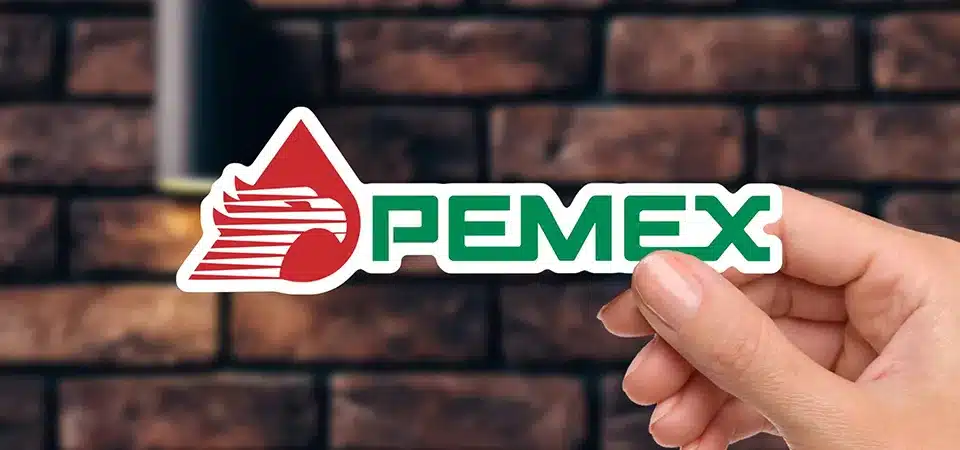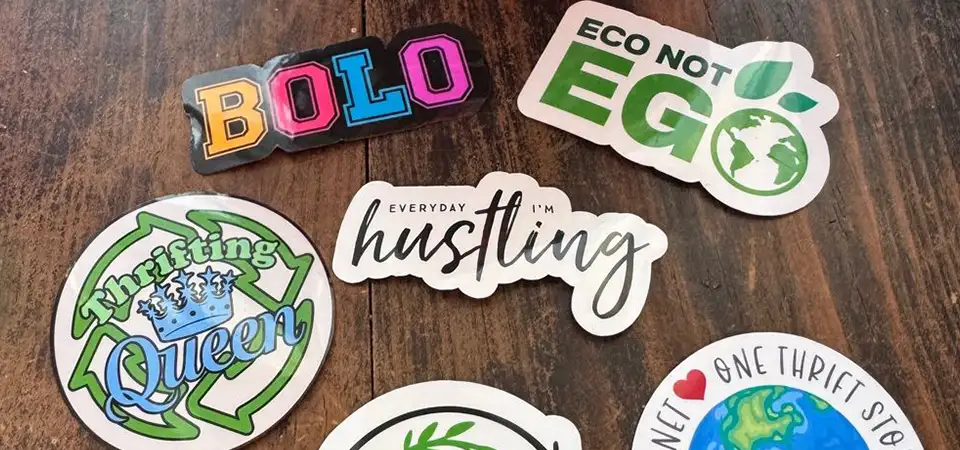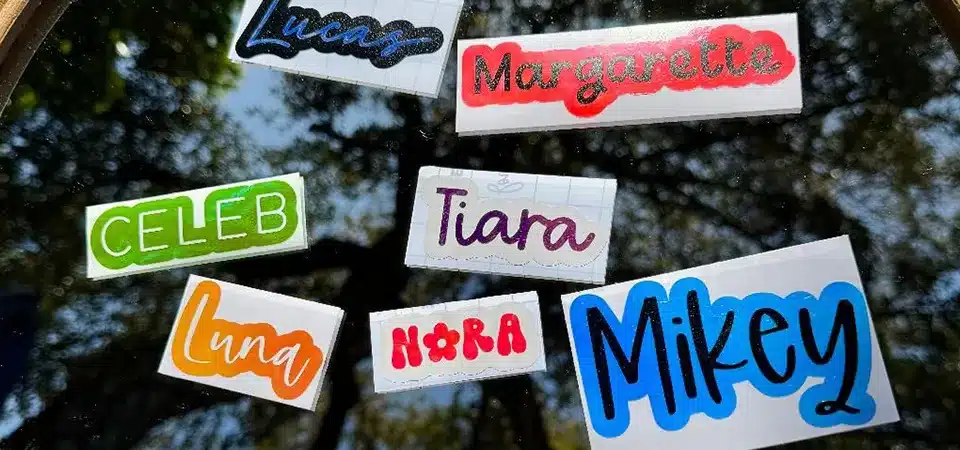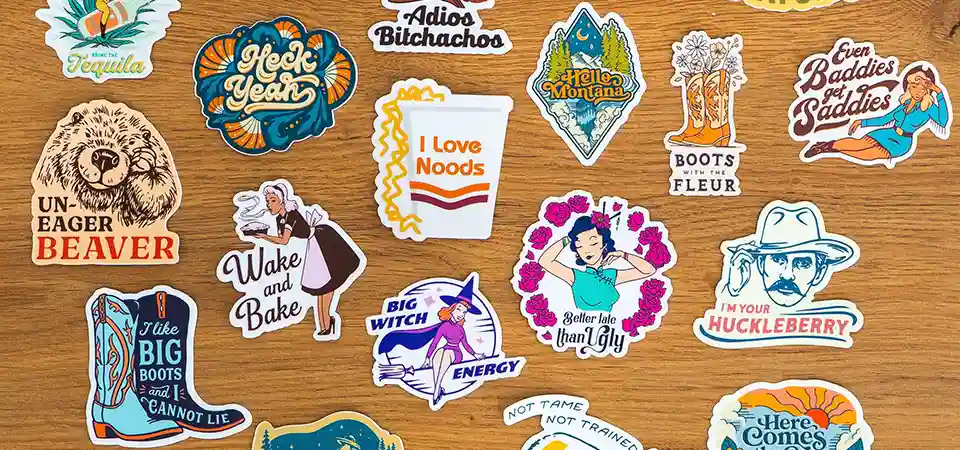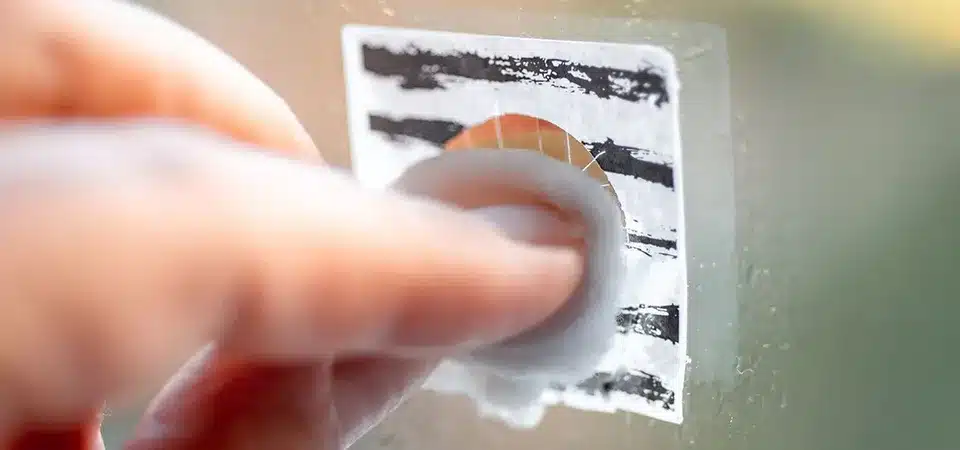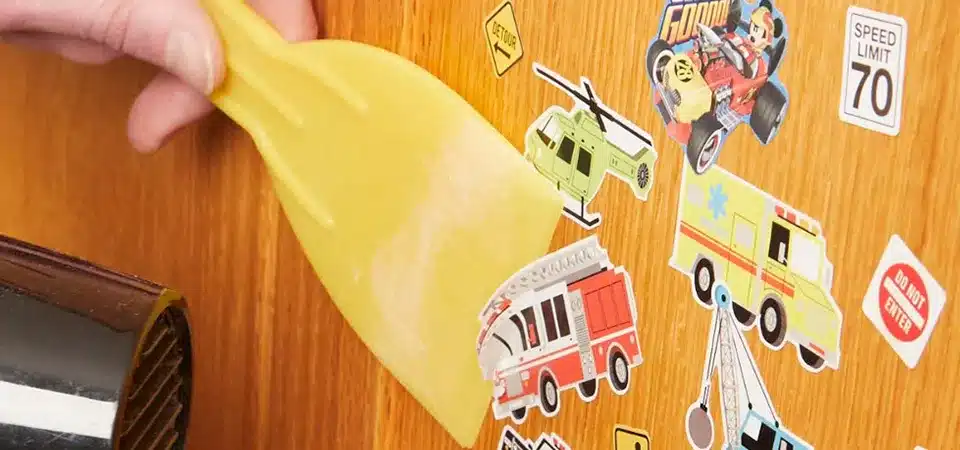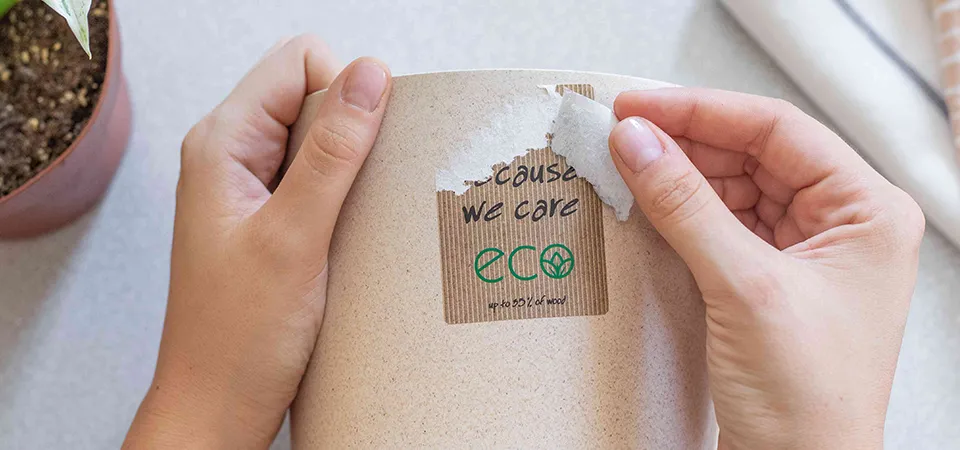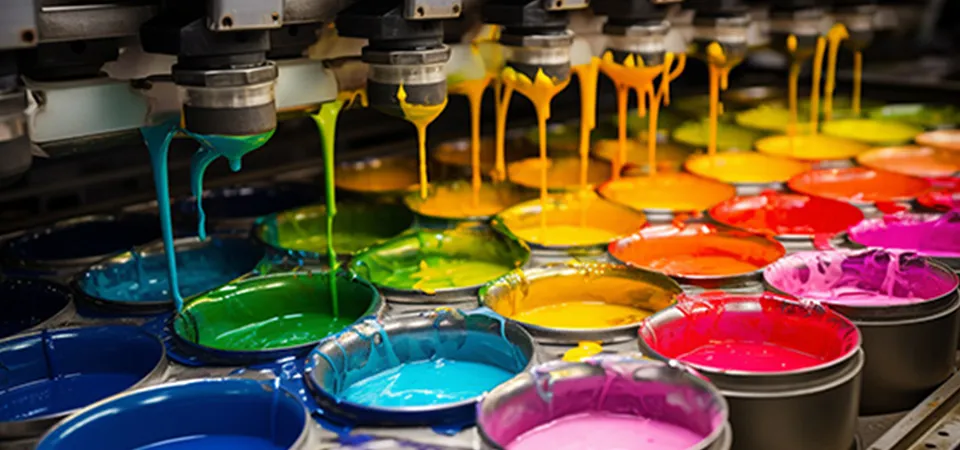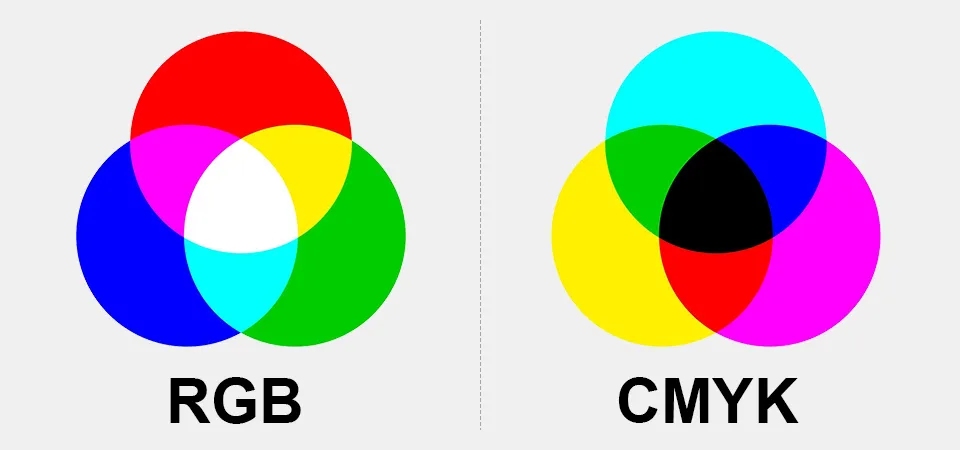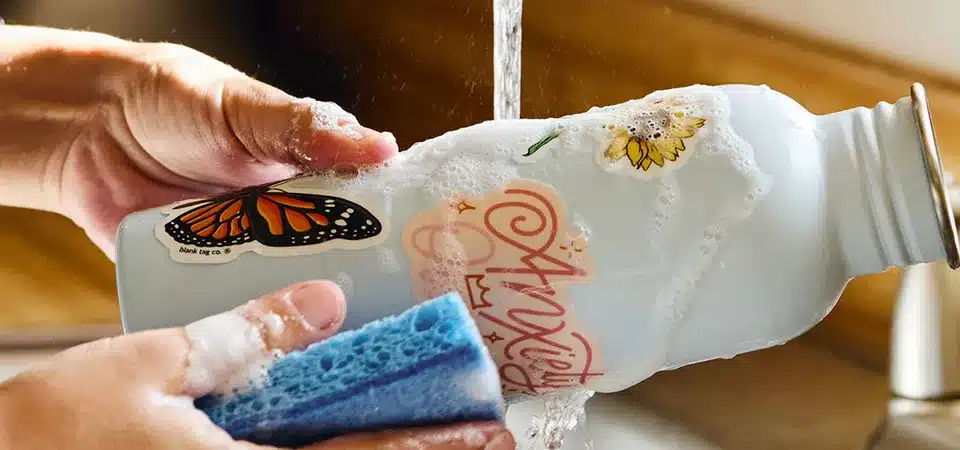Choosing the wrong sticker adhesive can be frustrating. Your labels might peel off too soon, or worse, leave a sticky mess that damages the surface underneath.
The best adhesive for stickers depends on your specific needs. For long-term durability, a permanent adhesive is best. For temporary use, removable or repositionable adhesives are ideal. Always consider the surface, environmental exposure, and safety requirements before making a choice.
As a sticker printer, I know that the adhesive is the unseen hero of a great sticker. The design gets all the attention, but the adhesive does all the hard work. It's the difference between a sticker that works perfectly and one that fails completely. A well-matched adhesive ensures your sticker looks great and stays exactly where you want it. Let's look at the different options so you can find the perfect one for your project.
How many options do we have for sticker adhesive?
You see the word "adhesive," but it seems like a simple choice. This misunderstanding can lead to stickers that fall off in the rain or won't come off at all.
Sticker adhesives are categorized in three main ways: by adhesion level (permanent, removable), by the substance used (water-based, acrylic), and by how they are activated (pressure-sensitive, hot melt). Each type offers specific properties for different applications.
In my business, we don't just use one type of "glue." We have a whole range of adhesives, and we choose them carefully for each job. Understanding these categories is the first step to getting your sticker right. It helps you talk to your printer and make sure you get exactly what you need.
Types of sticker adhesive based on adhesion level
This is the most common way to think about adhesives. It describes how strongly the sticker will stick and how easy it is to remove.
- Permanent Adhesive: This is designed to create a strong, long-lasting bond. Once it's set, it is very difficult to remove without damaging the sticker or the surface. It's perfect for safety warnings, asset tags, or branding on products that need to last.
- Removable Adhesive: This type is made to be taken off cleanly. It has a lower tack, so you can peel it off within a certain time frame without leaving sticky residue behind. Think of temporary promotions, price tags, or wall decals.
- Repositionable Adhesive: This is a special type of removable adhesive. It lets you apply a sticker, peel it off, and re-apply it multiple times. The adhesive is very low-tack but maintains its stickiness. It's great for things like window clings or stickers for kids.
Types of sticker adhesive according to the substance used
This describes the chemical makeup of the adhesive, which affects its performance in different conditions.
- Water-Based Adhesive: These are eco-friendly and generally safe for indirect food contact. They are great for general-purpose indoor labels, like on paper or cardboard. However, they don't hold up well against water or moisture.
- Solvent-Based Adhesive: This is a high-performance adhesive. It uses solvents as a carrier, which results in a very strong, durable bond that is resistant to water, UV light, and chemicals. It's excellent for outdoor stickers and industrial labels.
- Acrylic Adhesive: This is the workhorse of the sticker world. It offers a great balance of performance and cost. It has good resistance to temperature and UV light, making it suitable for both indoor and outdoor use.
- Rubber-Based Adhesive: This adhesive has a very high initial tack, meaning it sticks very strongly right away. It's great for bonding to tricky surfaces. Its weakness is that it can break down with exposure to high heat or UV light.
Types of sticker adhesive based on the way they are activated
This describes how the sticker "turns on" its stickiness.
- Hot Melt Adhesive: This adhesive is applied hot and creates a bond as it cools. It's mostly used in industrial packaging and is less common for the custom stickers we print every day.
- Pressure-Sensitive Adhesive (PSA): This is the adhesive used on almost all the stickers we make. It's a sticky material that forms a bond when you apply pressure. No water, heat, or solvent is needed. You just press it down, and it sticks.
What do you need to consider when choosing sticker adhesive?
You know the different types now, but that's only half the battle. How do you actually match an adhesive to your specific product or project?
You must analyze seven key factors: the surface material, desired bond strength, if it needs to be removed, temperature resistance, environmental exposure, application method, and any health or safety rules. Thinking through each of these ensures you make the right choice.
I once had a client who ordered beautiful, high-quality stickers for her outdoor equipment rental business. She chose a standard water-based adhesive to save a little money. A few weeks later, she called me, very upset. After the first big rainstorm, all her stickers had peeled off. We reprinted her order with a durable, solvent-based acrylic adhesive, and those stickers are still holding strong years later. This story shows why thinking through these factors before you order is so important.
1. Surface Compatibility
What are you sticking it to? A sticker that works well on smooth glass might fail on a rough, textured plastic. Surfaces like metal, glass, and high-energy plastics are easy to stick to. Low-energy plastics (like polypropylene), powder-coated metals, or waxy surfaces are much harder and require a specialized, high-tack adhesive.
2. Bonding Strength
How strong do you need the bond to be? For a shipping label, you need it to stick permanently. For a sticker on a new laptop, you want it to be removable so it doesn't leave a mark. Be clear about whether you need it to last forever or come off cleanly.
3. Removability
If the sticker needs to come off, think about how long it will be on. Removable adhesives are designed to be taken off within a specific time, usually six months to a year. After that, they can start to become more permanent.
4. Temperature Resistance
Will your sticker be exposed to extreme heat or cold? A sticker on a hot food container needs a different adhesive than one on a product that will be stored in a freezer. Standard adhesives can become brittle in the cold or soft and gooey in the heat.
5. Environmental Factors
Will your sticker live outdoors? If so, it needs to resist UV sunlight, moisture, and temperature changes. A solvent-based or high-quality acrylic adhesive is essential for outdoor durability.
6. Application Method
Will you apply the stickers by hand or with a machine? Machine application often requires a specific type of adhesive and liner backing to work smoothly and efficiently.
7. Health and Safety
If your sticker will be used on food packaging, children's toys, or in a medical setting, it must comply with safety regulations. This often means using a specific non-toxic, water-based adhesive that is approved for indirect food contact.
Which is the best adhesive for stickers for your specific situation?
You have all this information, but you need a simple guide. You want to know which adhesive to pick for your exact situation, without the guesswork.
For short-term or temporary use, choose a removable adhesive. For tough weather, pick a solvent-based acrylic. For special surfaces like plastic, a high-tack rubber or acrylic adhesive is best. For food or toy products, use a certified non-toxic adhesive.
Let's make this really simple. Based on the hundreds of different jobs I’ve printed, I can match most projects to the right adhesive pretty quickly. Here’s a quick guide to help you choose.
| Situation | Recommended Adhesive | Why? |
|---|---|---|
| Short-term use | Removable or Repositionable | It peels off cleanly without leaving residue behind. |
| Permanent branding | Permanent Acrylic | It creates a strong, lasting bond that's hard to remove. |
| Rough surfaces | High-Tack Rubber-Based or an aggressive Acrylic | It has a strong initial grip needed for textured or low-energy surfaces. |
| Outdoor/Weather | Solvent-Based or high-quality laminated Acrylic | It resists water, UV light, and temperature changes. |
| Food packaging | Certified non-toxic Water-Based or a special Acrylic | It meets safety standards for indirect food contact. |
| Eco-friendly | Water-Based Adhesive | It has a lower environmental impact compared to solvent-based options. |
1. Time use
For anything that will be used for less than a year and needs to come off, like a temporary sale sticker or a wall decal, use a removable adhesive. For anything you want to last for years, like a brand logo on a product or a car bumper sticker, you must use a permanent adhesive.
2. Special surface
If you are sticking to glass or smooth metal, a standard permanent acrylic will work perfectly. If you are sticking to a difficult surface like a powder-coated water bottle, a textured plastic toolbox, or a waxy candle jar, you need to ask for a high-tack or aggressive adhesive.
3. Weather condition
For any sticker that will live outside, it's not just about the adhesive. You need a waterproof vinyl material, UV-resistant inks, and a protective laminate. The adhesive itself must be a strong, permanent acrylic or solvent-based one to prevent peeling in the rain or heat.
4. Health/safety
This is non-negotiable. If your stickers are for food products, toys, or anything a child might handle, you must use an adhesive that is certified as non-toxic and safe for that application. We have special materials for this. Always tell your printer about these requirements.
5. Environment
If sustainability is a key part of your brand, a water-based adhesive is a good choice for indoor products. It has fewer volatile organic compounds (VOCs) than solvent-based options. There are also new eco-friendly materials that use recyclable or biodegradable adhesives.
Conclusion
The best adhesive is simply the right one for the job. By considering the surface, use, and environment, you can choose a sticker that will perform perfectly.
Have you found the best adhesive for stickers yet?

